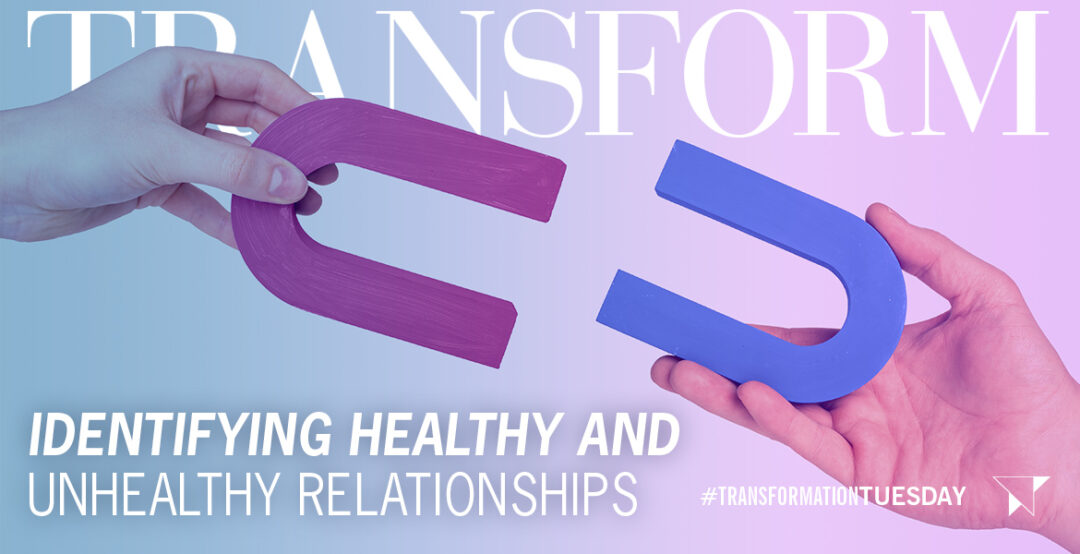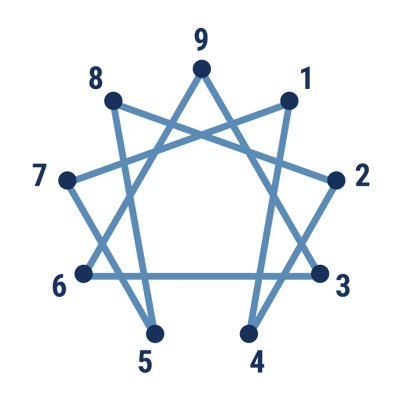In a recent conversation with two individuals in the same company whose relationship had deteriorated, both were scratching their heads and wondering what happened. Neither could pinpoint a specific event or series of events that might have contributed to their current situation, but both wanted to figure it out.
What was significant was that they both described a past friendship and deep respect for one another. In their positions they had to be in daily contact to fulfill expectations set with clients. Both stated that the past year had been extremely stressful and that over time their interactions became transactional and devoid of personal connection. Their current reality was that one person avoided the other at all costs while the other was becoming more and more directive and setting personal boundaries to avoid taking the other’s behavior too personally.
During one-on-one conversations with each party some themes emerged:
- The initial relationship was “mentor” and “mentee.” The mentee had a great deal of respect and appreciation for the investment made to the mentoring. Thirteen years later, the mentee had moved to a managerial role, but the relationship dynamic didn’t change. The mentee now perceived the mentor as not respecting the mentee’s expertise and not treating him as a peer.
- With the role change, leadership did not clearly define decision-making authority between the two positions, and it had become a battle as to who would “win.”
- The two had very different communication and work styles, and these differences were not named or addressed openly. The now manager avoided conflict at all costs and did not address issues as they arose, rather, these built up until one day he announced he was going to leave the company. The mentor, now a colleague, knew something was wrong and had made attempts to initiate conversations, yet her more directive and interrogatory style shut the other individual down.
- The lines between worker, friend, and individual became blurred, and when that happened, it was difficult to see the other’s behavior as anything but a personal slight.
- What was a strong relationship began to crack one interaction at a time as the stress continued, and rather than talking about it, both went into their respective corners and blamed the other for the breakdown.
- Incidents took place on both sides that eroded trust, resulting in both parties reading into observed behaviors and making (mostly negative) assumptions about the intention of the other.
- Both acknowledged their inability to work effectively together was impacting not just them but their peers and the company as a whole. Leadership stepped in several times to try to resolve the situation, but those efforts were not successful.
- Both were resigned to being unable to resolve their differences or the issues, whatever they were, and neither knew how to change that. They were transacting with one another as needed and never had a “heart-to-heart” conversation to remind each other of the value of their friendship, how each was impacted (while taking ownership for their part in the disconnect), and to enable them to work together to move forward with a new set of agreements.
- The good news was that both parties wanted to see if they could fix the relationship.
A lot was going on under the surface that needed to be brought into awareness, first with each individual and then in working together with them.
As I reflect on this situation, it offers leadership and employees lessons that can be applied now to avoid a situation escalating to this level.
- Leadership plays a role in establishing guidelines and expectations for how employees work together, as well as in providing training on emotional and conversational intelligence skills. When guidelines, expectations, and training are provided, situations like the one above rarely escalate and leadership rarely needs to get involved.
- Managers need to notice when relationships are strained and encourage open and honest dialogue between parties. Sometimes a manager may need to help an employee engage in self-awareness and make personal shifts. Other times, managers may need to facilitate a conversation between two individuals and, when necessary, bring in a third party to mediate the situation.
- While friendships at work create a deeper connection to the organization, it is important to separate a friendship from the role that each plays in the organization. This requires clear boundaries and agreements on how you will work and communicate in your role and how you will allow the friendship to be impacted by this role.
- For example, when one or both individuals who have been peers shift to a new role, a conversation should be held to openly talk about the shift in the roles, how working together might shift, and how they will commit to separating out the friendship from the new roles and from the interactions and communication needed to be successful in those roles.
- Self-awareness is key in relationships. Knowing the “lens” (motivation, hard-wired thinking, emotional and behavioral patterns, reactive and stress patterns, etc.) from which one operates and taking personal responsibility for ongoing self-observation, inquiry, and intentionality for how one impacts others is essential to building strong, effective, and supportive relationships in the workplace.
- Assuming that individuals will re-create a working relationship when a situation has escalated to impacting others and the organization is a recipe for failure. Unless given the skills, support, and resources to resolve it, most employees will default to fight, flee, freeze or appease in a situation like this, and when these responses arise, rational thinking and communication are shut down.
- The best strategy is to facilitate a level of willingness by both parties to engage in dialogue with each other and then to bring the two parties together to have a “heart-to-heart” conversation that reminds them of the value of their friendship and desire to work together effectively in their roles. Give time for each to share, from their lens, how this situation is impacting them while acknowledging how they might have contributed to the situation, and then help them work together to develop a new set of agreements for moving forward (and leaving the past behind).
- Once this conversation takes place, it is vital that the parties commit to working “on” the relationship by having frequent check-ins on “how we are doing.” If the relationship isn’t tended to with frequent check-ins, there will be short-term shifts, but the old patterns will re-emerge.
When Mary Anne and I started Transform, Inc., our individual experiences in the workplace shaped the vision for our company. We formed a vision to build healthy, collaborative, and productive workplaces through our consulting, training, and coaching services. It was and is to this day, 26 years later, our belief that the commitment of leaders and owners to foster this type of work environment attracts top talent, inspires full engagement and shared purpose amongst employees, and produces consistent bottom-line results year after year.
We encourage you to assess your work relationships today. Which ones are healthy? Which ones need some attention? Then turn your attention to your culture. Does your culture define what a healthy relationship is and provide the guidelines and training for building and sustaining healthy, collaborative and productive relationships in the workplace? If not, give us a call and let’s talk.
Theresa Gale
PRINCIPAL, TRANSFORM, INC.
PS: This relationship is on the road to recovery, and the company’s leaders are working on implementing the tips above in their workplace.




